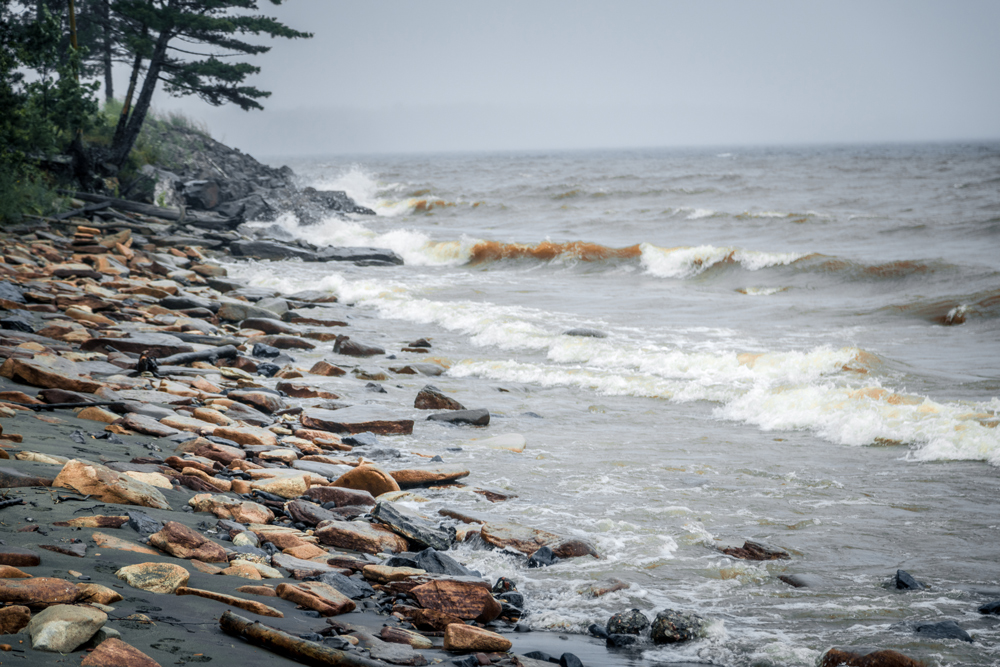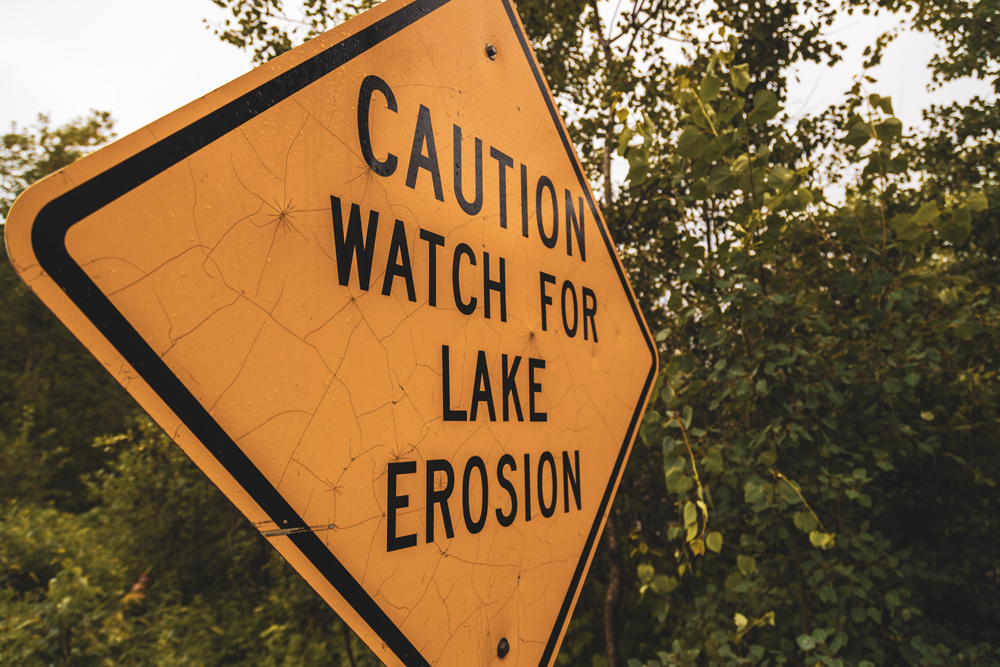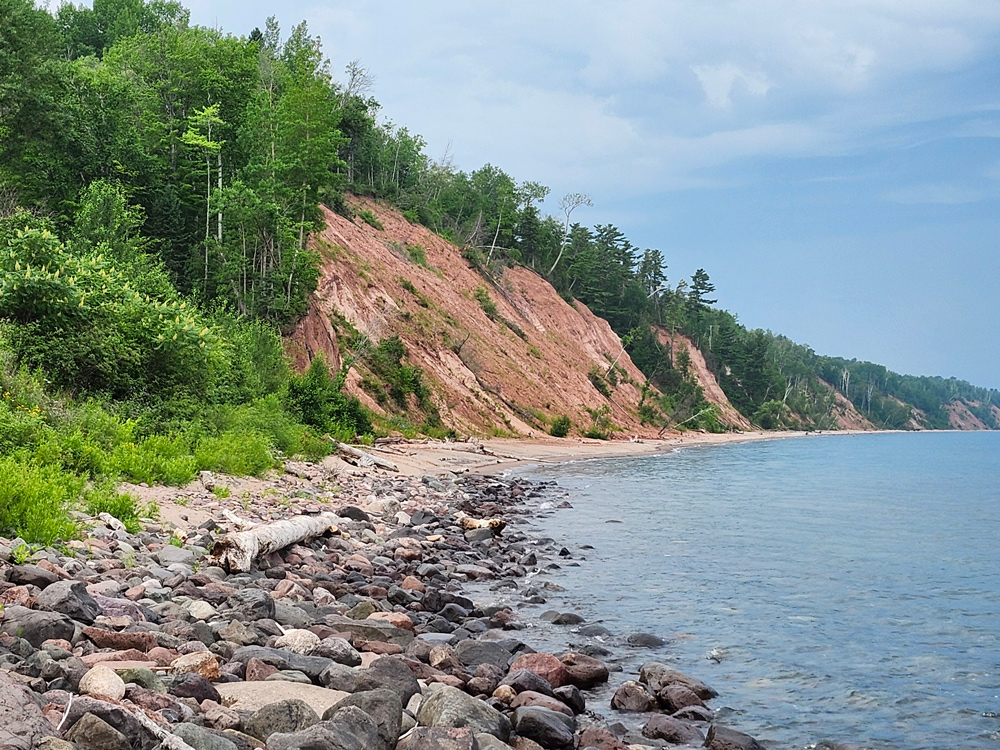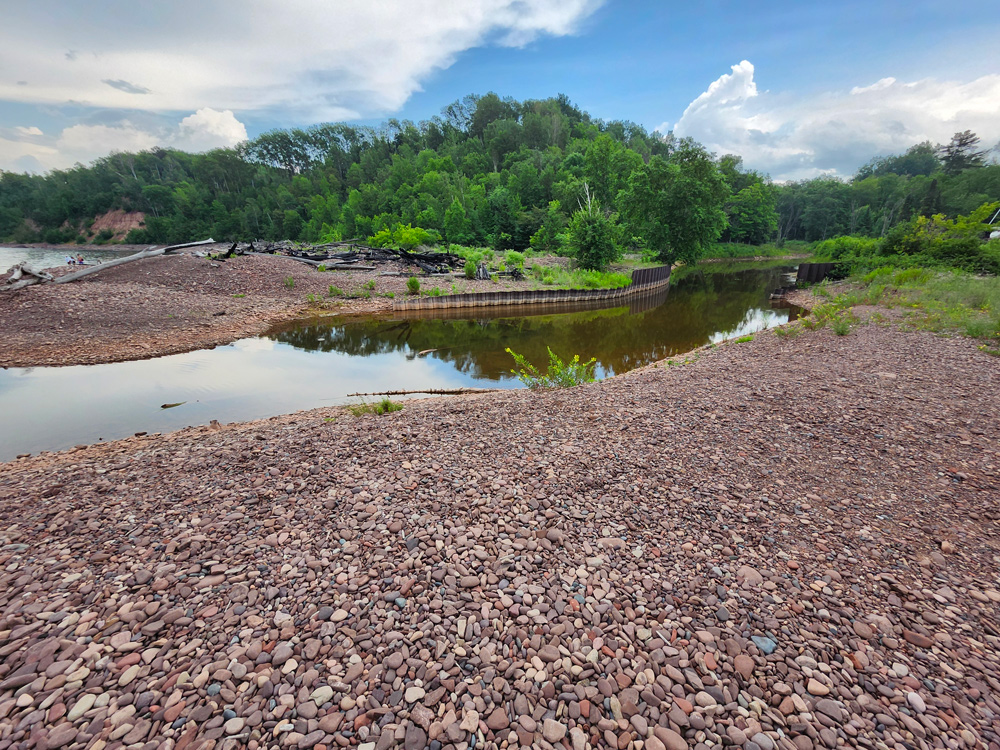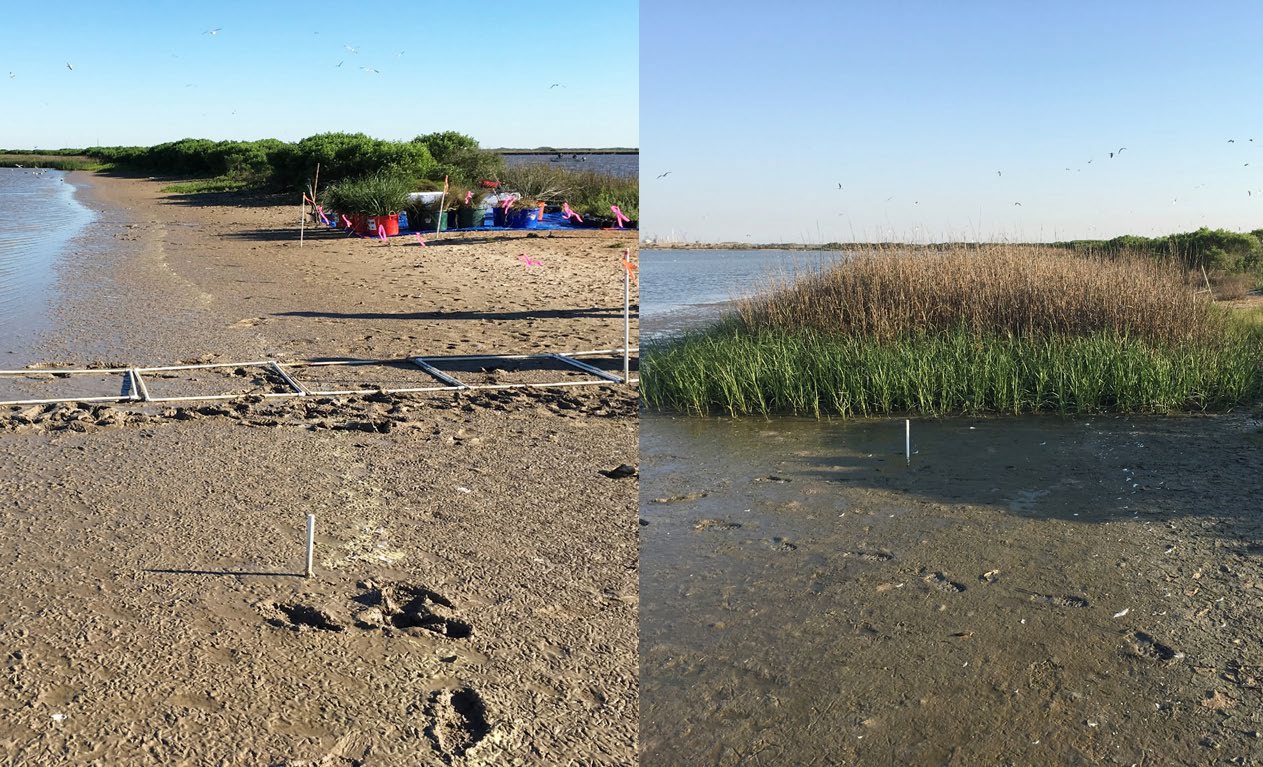Purpose

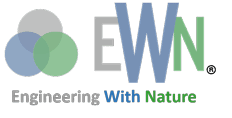
The Engineering With Nature® Playbook Project Development Team traveled to Lake Superior to view locations that offer opportunities or serve as examples of nature-based solutions to enhance coastal resiliency throughout the Great Lakes.


Objectives

- Examine sites around Lake Superior that present opportunities and/or examples of nature-based solutions to improve coastal resiliency around the Great Lakes.
- Engage with tribes of Lake Superior Chippewa to hear their concerns and learn about traditional approaches to coastal protection.
Activities
- Visited rocky beaches, armored urban shorelines, sand and clay bluffs, and waste rock sites.
- Examined the erosion and deposition patterns along the shorelines, including the nature of materials being transported, and the types of conventional and natural infrastructure occurring along the coast.
- Met with representatives from the Keweenaw Bay Indian Community and toured their marina, beach, marshes, and encroaching stamp sands.
- Met with representatives from the Fond du Lac Band and toured their rice lake, historic burial site, and a remediated EPA Area of Concern.
Key Take-Aways
- Tribes have experienced multiple coastal challenges and emphasize sustainable solutions that offer valuable insights to inform USACE efforts.
- Valuable information was obtained during the trip that will inform the development of the Playbook.
